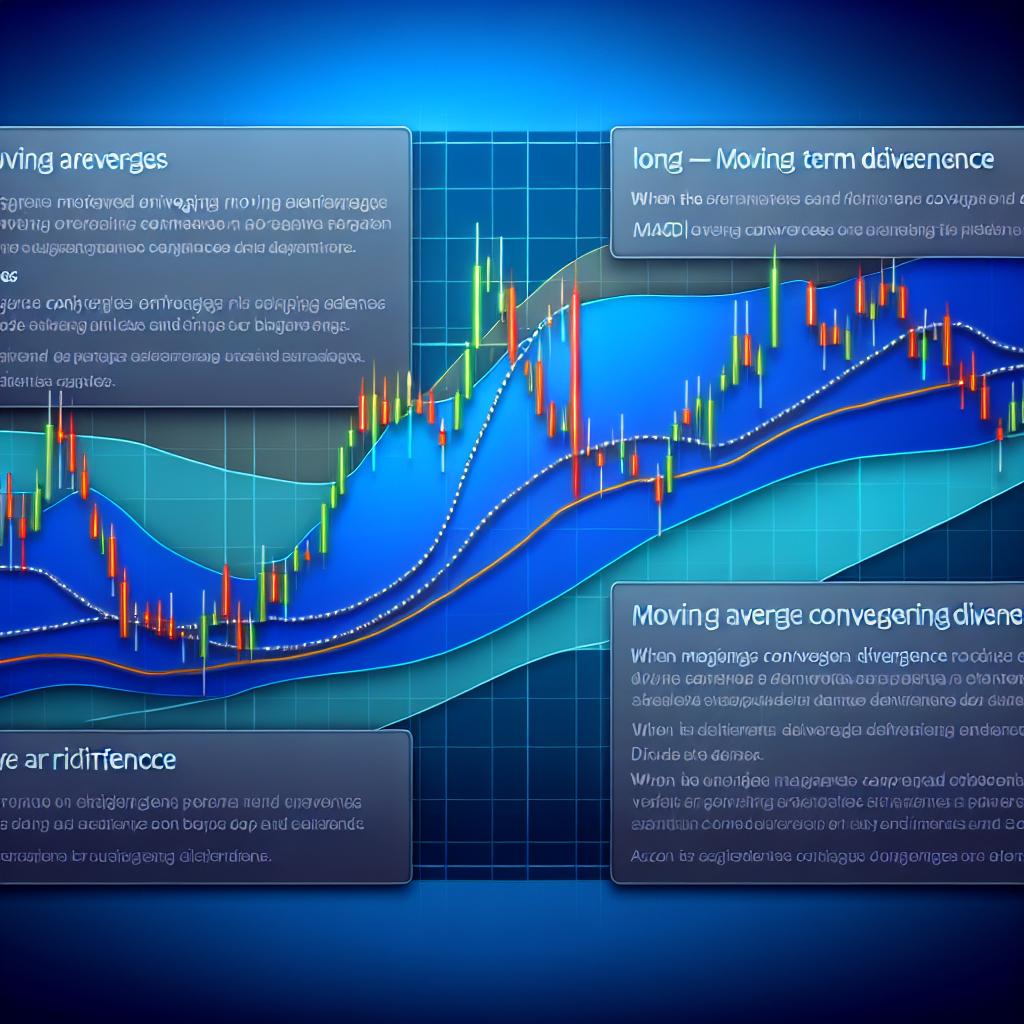Understanding the Martingale Strategy
The Martingale strategy is a widely recognized approach in both trading and gambling environments, known primarily for its high-risk and high-reward characteristics. The essence of this strategy is based on the premise that the likelihood of experiencing an infinite sequence of losses is low. Therefore, it revolves around the concept of doubling one’s investment after every loss, with the expectation that an eventual win will not only recover all prior losses but also secure a profit. Grasping the Martingale strategy fully requires an understanding of its mechanics and its potential pitfalls.
Mechanics of the Martingale Strategy
At its core, the Martingale strategy operates on the principle of escalating stakes. To illustrate, consider a trader who begins with an initial bet. If this wager ends in a loss, the subsequent bet is doubled. This process continues iteratively, with each loss prompting a doubling of the stake until a win is achieved. Upon winning, the trader recovers all the lost money along with a profit equivalent to the original bet amount. This system provides a theoretical framework where a single win can offset an extended losing streak, provided the trader has sufficient capital to continue doubling the stakes.
Applications in Trading
Although the Martingale strategy is often linked to gambling, it has garnered attention and application in financial markets, especially among forex and stock traders. By leveraging this strategy, traders aim to capitalize on market fluctuations, hoping to convert temporary losses into long-term gains. The appeal of the Martingale strategy in trading lies in its theoretical promise of eventual recovery from losses, assuming markets will eventually turn favorable.
Potential Risks
Despite its potential benefits, the Martingale strategy is fraught with significant risks that traders must consider.
Capital Requirements: The cumulative effect of doubling investments after consecutive losses can result in exceedingly high capital demands, often pushing the limits of a trader’s financial resources. As losses accumulate, the stakes increase exponentially, potentially exceeding available funds long before a win occurs.
Market Volatility: Financial markets are characterized by inherent volatility, meaning that extended losing streaks are a real possibility. Unpredictability in the market can quickly deplete monetary reserves, as prices do not always rebound immediately.
Brokerage Limits: Trading platforms often have imposed limits on trade amounts. When using the Martingale strategy, constant doubling can rapidly surpass these caps, thereby hindering the strategy’s efficacy and leaving traders unable to place the necessary bets to cover prior losses.
Psychological Impact
Employing the Martingale strategy not only poses financial risks but also significant psychological challenges. The constant pressure of increasing stakes and the potential for substantial losses can tax even seasoned traders’ mental strength. The stress related to managing escalating investments requires traders to possess robust mental resilience and a level-headed approach towards trading decisions.
Potential Benefits
Despite the risks involved, the Martingale strategy offers potential advantages for those who are able to navigate its complexities effectively.
Profit Opportunities: When employed successfully, the Martingale strategy provides traders with consistent opportunities to recoup losses and earn profits. A single win in this strategy is sufficient to cover the entirety of preceding losses plus an additional profit equal to the initial bet.
Simplicity: The Martingale strategy is relatively straightforward, appealing to both novice and experienced traders due to its clear and uncomplicated approach of doubling stakes. Its simplicity facilitates easy implementation and comprehension.
Conclusion
The Martingale strategy, with its high-risk profile, demands a cautious approach. It is vital for traders to delve deep into research and completely understand the potential ramifications prior to engaging in this trading strategy. By emphasizing risk management and setting defined financial limits, some of the inherent risks associated with the Martingale strategy can be mitigated. For those considering a more diversified trading portfolio, it might be worth exploring other methodologies apart from the Martingale strategy.
For further insights into trading strategies and their broader implications, engaging with reputable financial resources or seeking guidance from seasoned traders can prove invaluable.










